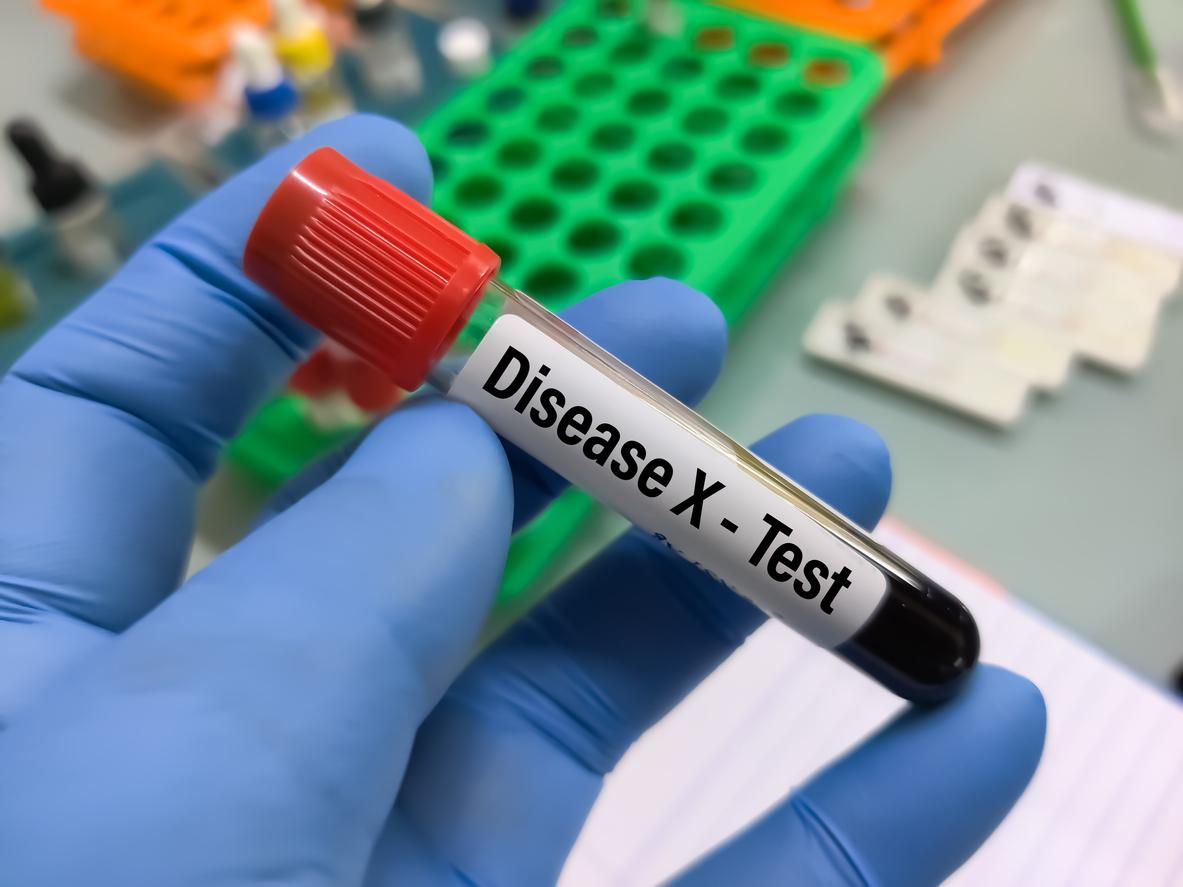There diabetic retinopathy is an eye disease caused by too much sugar in the blood circulating in the small blood vessels of the retina. This has the effect of disrupting their functioning, and can go so far as to cause swelling of the tissues (called oedema), retinal detachment, or even lead to blindness if the retinopathy is not detected in time and is not detected. is not processed.
According to the latest statistics from the US Centers for Disease Control and Prevention (CDC), approximately one in four diabetics (26.43%) would suffer from diabetic retinopathy. A figure which would have doubled since 2004, date of the last statistics. However, this disease is far from trivial because, in the most severe stages, it causes irreversible loss of vision.
Diabetic retinopathy: can it be treated?
“No pain and no symptoms at first. We don’t realize it, and we don’t expect it. Vision may still be normal even though the retina is already affected”. This is how Dr Sylvie Feldman-Billard, endocrinologist at the Hôpital des Quinze-Vingt in Paris, summarizes the onset of diabetic retinopathy (which sometimes complicated by diabetic macular edema).
This is one of the main reasons why the doctor strongly recommends people with type 1 and type 2 diabetes to have a comprehensive eye exam every year to be able to detect this alteration before it reaches the center of the eye and the retina with irreparable damage.
Diabetic retinopathy: what treatment?
The management of diabetic retinopathy depends on the stage of the disease and doctors go first seek to slow down its development. “In the early stages of nonproliferative retinopathy, regular monitoring may be sufficient. But when the disease becomes more severe, frequent eye checkups are needed to determine when to start treatment. Early referral to an ophthalmologist is particularly important for patients type 2 diabetics with severe non-proliferative retinopathy because there is a 50% reduction in the risk of severe visual loss or major surgery if the treatment is done at this stage” we explain to the Quinze-Vingt.
Patients with retinopathy may present with significant visual loss: “They should be encouraged to follow visual rehabilitation courses with an ophthalmologist or optometrist trained or experienced in the management of low vision cases”.
Retinopathy: does it work?
Diabetic retinopathy can be treated with laser: this is panretinal photocoagulation. A light beam penetrates the eye without any incision and destroys the small altered vessels: it is a painless operation, performed under local anesthesia but which may require several sessions. The aim is to prevent the development of new vessels on the retina and to reduce the risk of vitreous hemorrhage and retinal detachment.
But when the disease is at an advanced stage called “proliferative” with vitreous hemorrhage or fibrosis (destruction of the tissues of the eye), laser treatment is no longer enough. It is then necessary to undergo a surgical operation of the retina in order to replace the vitreous body inside the eye: this operation is called vitrectomy. Unfortunately, even in successful cases, this surgical operation does not restore the original visual acuity.
Source :Prevalence of Diabetic Retinopathy in the US in 2021Jama network, June 2023

















